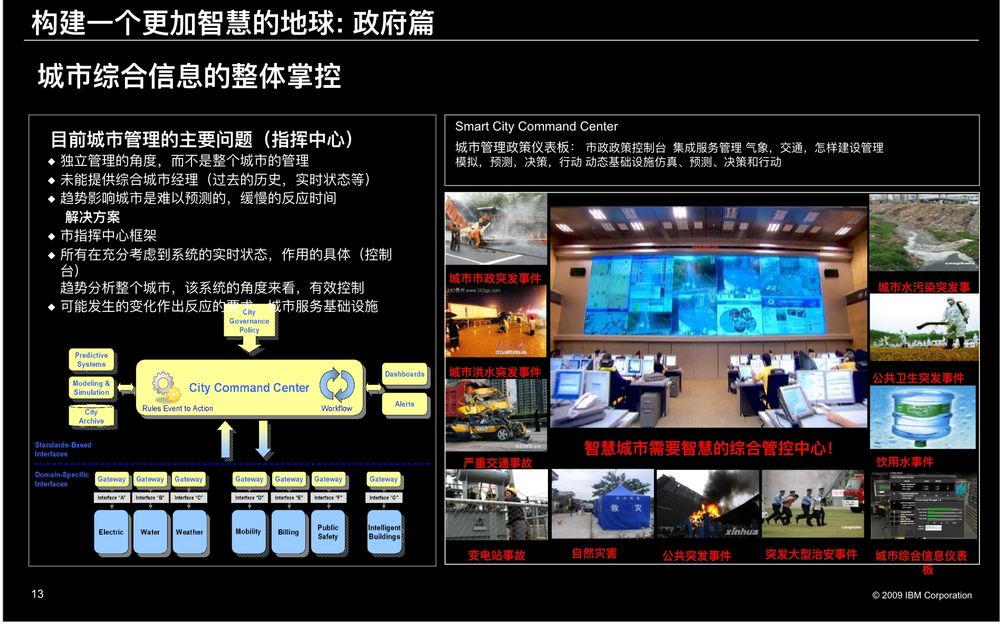Dake Kang
@dakekang.bsky.social
2.8K followers
550 following
150 posts
中文名:姜大翼|AP Journalist in Beijing | 美联社北京分社的一位伟大时代的记录者|你可以用微信联系我(dakekang) 或者电报, Signal, WhatsApp (+1 201 937 9797). 邮箱: [email protected]
Posts
Media
Videos
Starter Packs


































